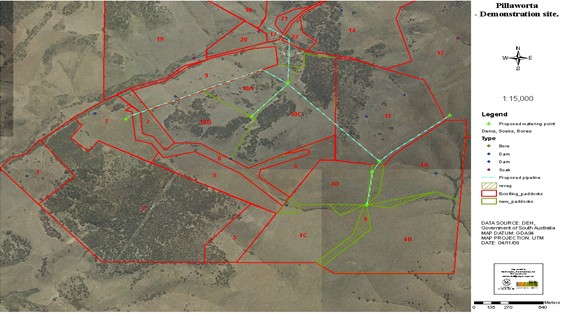Water is an essential requirement for running a farm business and has a significant impact upon the livestock enterprise with relation to stock
welfare, farm productivity and business profitability. Knowledge of livestock water requirements and potential sources of water are important
for planning on both an annual and daily basis. The goal of farm water planning is to have the water you need, where you need it, when you
need it. Farm water planning also takes into account the levels of risk associated with water supply reliability.
Essential elements of farm water planning include:
In periods of low rainfall or in low rainfall areas, water shortages can be a significant limitation to productivity. A lack of water can mean destocking the property or carting water in, while poor water quality can restrict the type of stock run or inhibit their productivity.
A key component of farm water planning is undertaking an annual farm water balance. A water balance considers:
Using the information provided by the water budget along with an understanding of water distribution, quality and seasonal weather patterns can help guide decision making on-farm.
Before making changes in a paddock, consider your whole farm livestock watering system.
Assess your current system:
Plan your future system:
Consider a cost effective system:

Note: To convert L/year to ML/year, divide L/year by 1,000,000